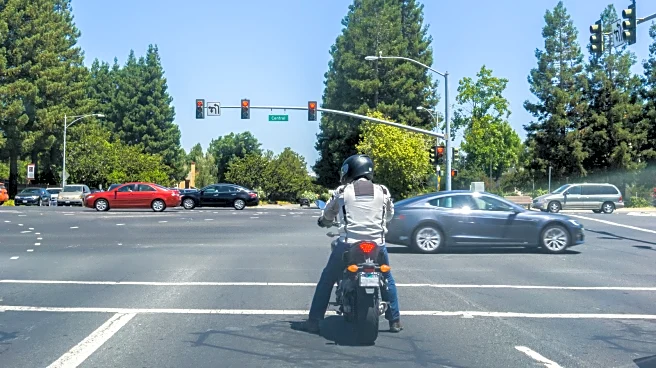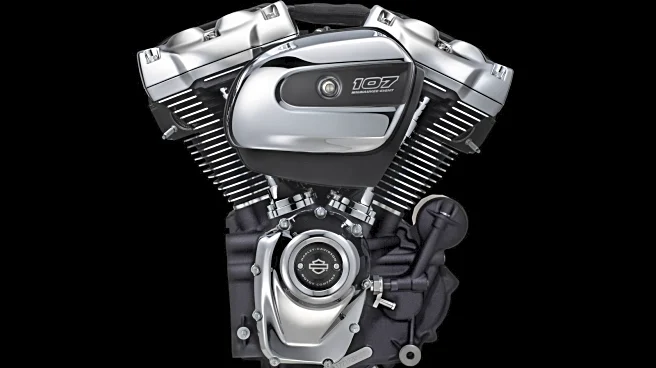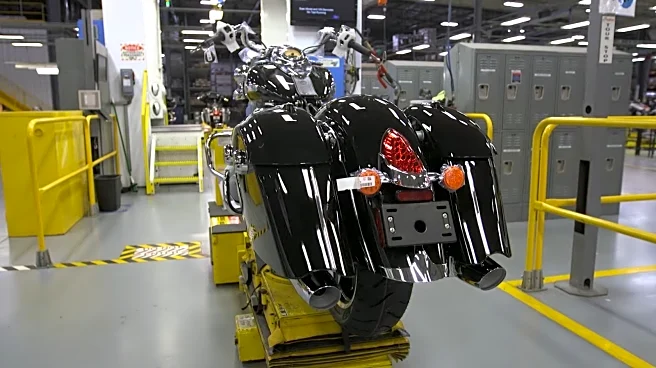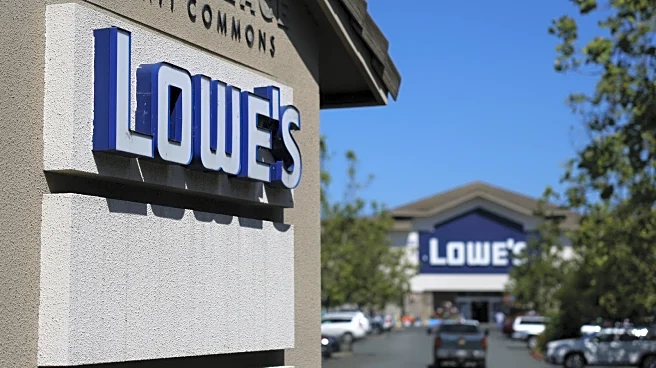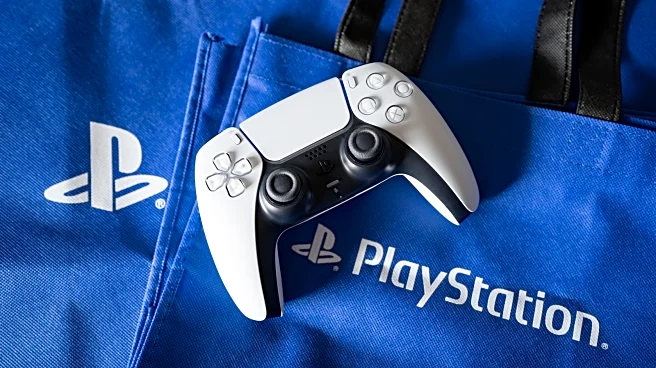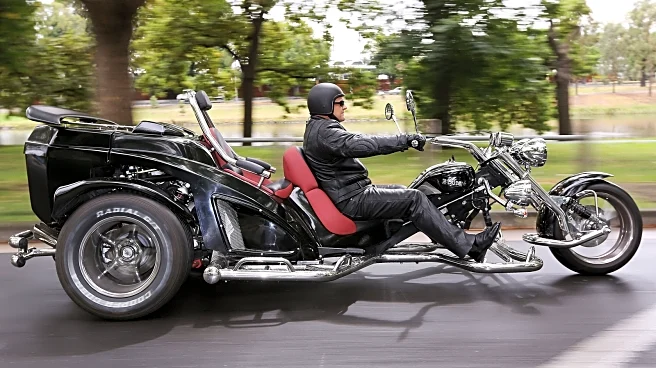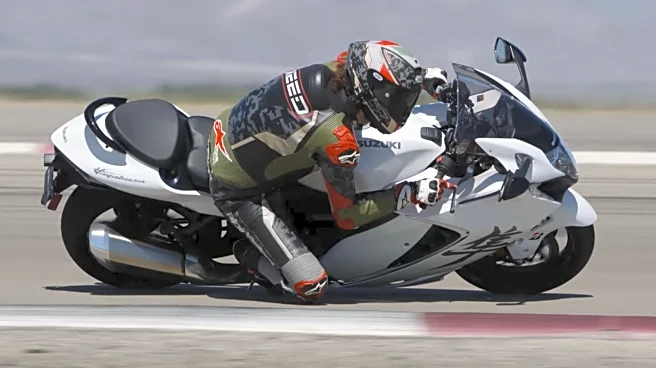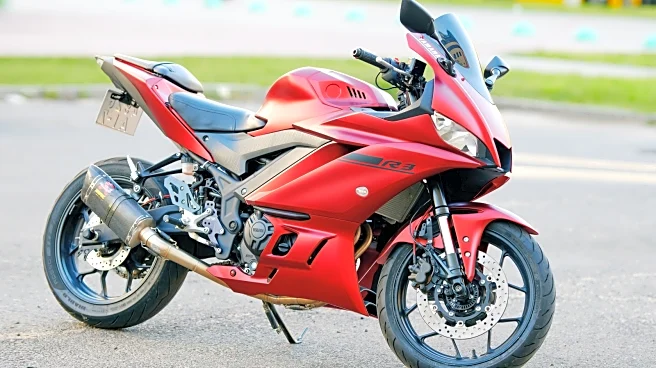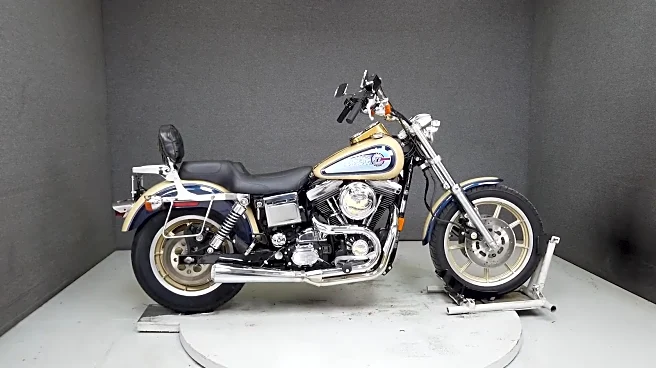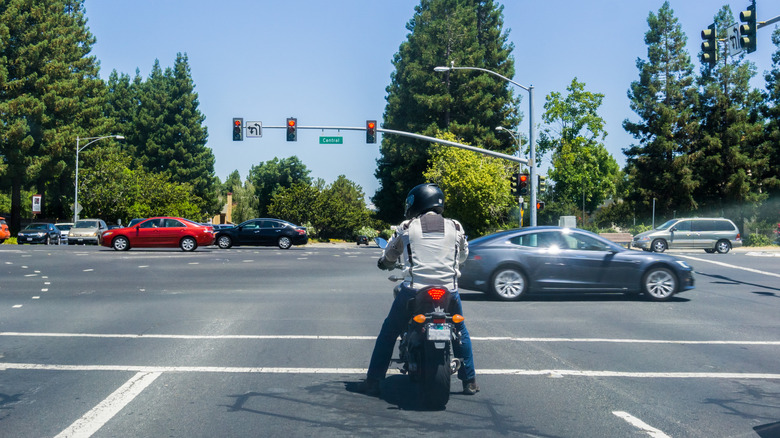
Motorcyclists didn't start revving their engines at stoplights to show off, at least not originally. Before electronic fuel injection became standard, many bikes relied on carburetors to mix fuel and air. These systems could be temperamental when idling, especially at low RPMs, which could cause the engine to stall. Blipping the throttle (giving quick bursts of gas) helped keep the engine spinning fast enough to stay alive until the light turned green. Older racing engines also needed higher RPMs at idle
to keep oil circulating and prevent lubrication issues. While that's less of a concern with most modern street bikes due to the evolution of motorcycle engines over time, it's one of the reasons revving at stoplights became a habit.
For bikers who learned to ride on carbureted motorcycles, the motion is often muscle memory. Even after upgrading to a bike with fuel injection, which adjusts idle automatically and doesn't need throttle blips, some riders still do it without thinking. For others, the habit comes back after a tune-up or with a new engine that's still in its break-in period, when mechanics recommend avoiding a constant idle. In those cases, varying the engine speed can help the parts settle in properly. So, while many onlookers assume it's all about the noise, there's often a technical backstory to the revs you hear at a red light.
Read more: 9 Cheap Cars That Look Expensive
Fun, Sound, And A Little Showmanship
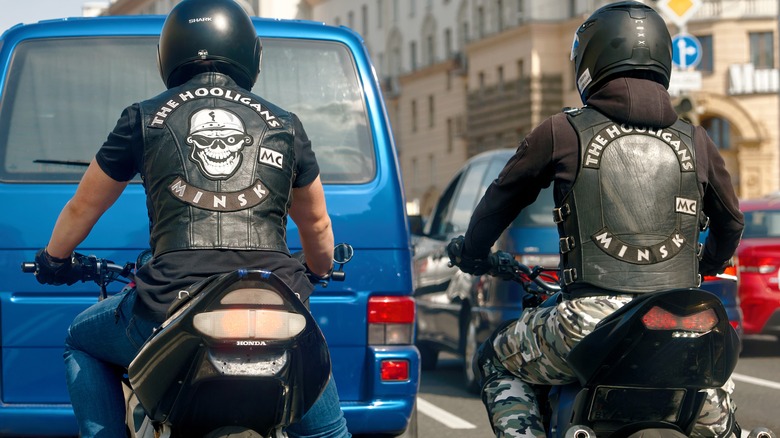
Beyond mechanical needs, there's no denying that sound plays a role. There's a reason why Harley-Davidson puts so much effort into their engine's classic, unique engine sound. Motorcycles are as much about sensation as transportation, and a loud throttle blip delivers an instant hit of feedback. The vibration and the exhaust note are all part of the experience for many riders. That's what makes the best-sounding motorcycles ever made really stand out. Some bikers even install aftermarket exhausts specifically to enhance that sound, and a quick rev is the easiest way to enjoy it without speeding.
There's also a social element. To other riders, revving can signal confidence, or even a lighthearted challenge, while non-riders might view it as purely showing off. And in some cases, it is a way to grab attention in traffic or make a statement at the line. Like flexing a muscle, it can be more about image than function. But there's a fine line between an occasional blip and holding the throttle open until it rattles windows. The latter crosses into bad etiquette, especially in crowded areas. Still, for many motorcyclists, the occasional rev is simply part of the ritual, a small pleasure that's tied as much to feeling the bike as to being seen.
Awareness, Safety, And Road Manners
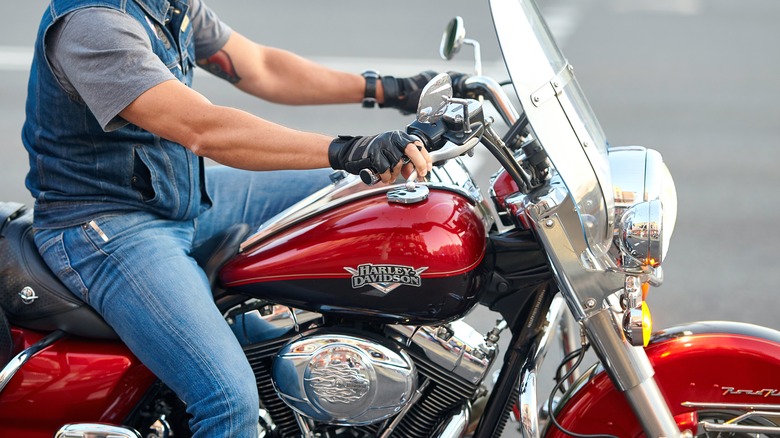
While revving is often harmless, it can serve some practical purposes on the road today. A quick throttle burst can help make a motorcycle more visible to nearby drivers or pedestrians who might not have seen it. Some riders even prefer it to using the horn, although that can be startling or misinterpreted as aggression. In rare cases, it's also an outlet for frustration; a way to vent irritation without direct confrontation, though that doesn't make it good manners.
Cities are increasingly cracking down on unnecessary noise from vehicles, with some areas enforcing decibel limits that could lead to fines. Riders who keep revving purely for fun may find themselves on the wrong side of these rules. For those who still do it out of habit, the best compromise is moderation: a gentle blip now and then, not a sustained roar. That keeps the engine happy if needed, offers a bit of rider satisfaction, and avoids making enemies at every red light. Whether it's muscle memory or just a small thrill, the key is knowing when a quick rev adds to the ride, and when it's better to let the bike idle in peace.
Want the latest in tech and auto trends? Subscribe to our free newsletter for the latest headlines, expert guides, and how-to tips, one email at a time.
Read the original article on SlashGear.
